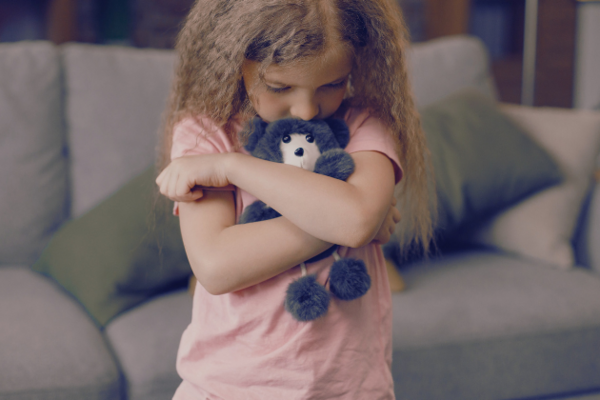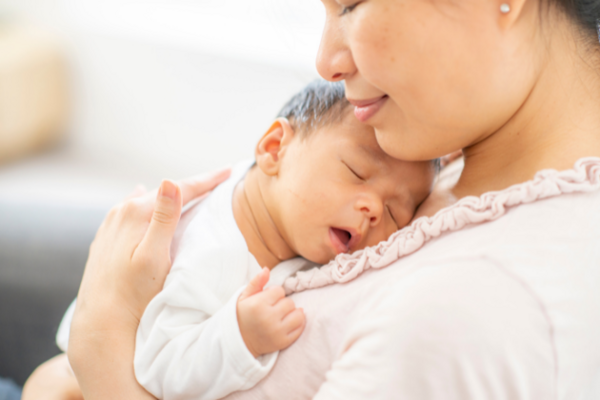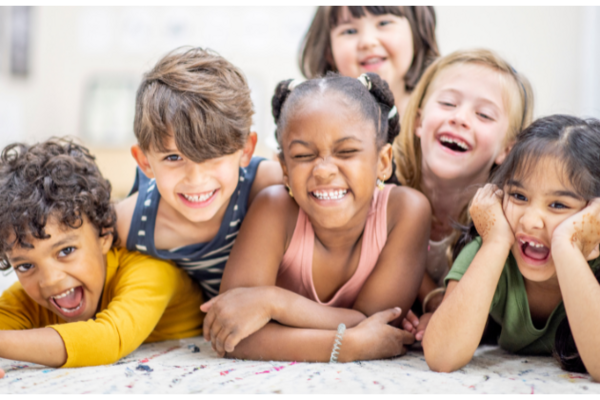Former PACEs Connection employees Dana Brown (L) with Vincent Felitti, MD, co-author of the 1998 Adverse Childhood Experiences study, and Carey Sipp (R) in San Diego in January, 2024.
The last few months have been quite challenging, but we pushed, persevered, and didn’t give up hope.
The “we” is Carey Sipp and Dana Brown. We were long-time staff members of PACEs Connection determined to reinstate the website and the resources and information we provide to communities after the platform went dormant in April when our funding stream dried up.
We both vowed to do whatever we could to keep PACEsConnection.com from slipping away because imparting information about the lifelong effects of positive and adverse childhood experiences and ways to promote nurturing conditions for children, families, and communities is too important to leave to chance. So over the last six months, we’ve spent countless hours working to keep the site and the organization alive.
With encouragement and support from two key organizations—National Prevention Science Coalition to Improve Lives (NPSC) and PACEs Connection’s former fiscal sponsor, Third Sector New England (TSNE)—as well as from many individual supporters—PACEs Connection’s doors are again open!
Our new mission-aligned home!
 “We understood the importance of PACEs Connection to have a nonprofit organizational home with similar goals under which it could operate and bring in funding to continue its work,” Diana Fishbein tells us. Dr. Fishbein is founder and co-director of NPSC.
“We understood the importance of PACEs Connection to have a nonprofit organizational home with similar goals under which it could operate and bring in funding to continue its work,” Diana Fishbein tells us. Dr. Fishbein is founder and co-director of NPSC.
“NPSC and PACEs Connection had worked well together on several projects over the last couple of years, so having PACEs Connection become a division of NPSC made perfect sense,” Dr. Fishbein added.
(Graphic is an example of our work together on the 2022 webinar series on Building a National Movement to Prevent Trauma and Foster Resilience.)
As its website shows, NPSC is “a professional organization dedicated to translating scientific knowledge from the field of prevention science into effective and sustainable practices, systems and policies.”
Among the 70+ organizations affiliated with NPSC is the Campaign on Trauma Informed Policy and Practice (CTIPP), with which PACEs Connection has partnered for several years to advance the trauma-informed movement.
"We are thrilled that Jesse Kohler, who sits on the NPSC board and is executive director of CTIPP, will be the board liaison with PACEs Connection,” Dr. Fishbein adds.
We are happy and grateful to continue the work with CTIPP and Jesse Kohler, too!
We welcome back our 60,900 members engaged in the important work to prevent ACEs and promote health and wellbeing!
Please feel free to start posting again! Let the PACEs world – and us – know what you’ve been up to. (Posting instructions and trauma-informed community guidelines remain the same.)
Amidst the celebration of being back, we must also share this reality: We’re not out of the woods yet.
Our previous fiscal sponsor (TSNE) is kind enough to keep the social networking platform that drives PACEsConnection.com running until November 11. By November 5 (allowing time to process funds), we’ll need nearly $15K for PACEs Connection to stay afloat until March 31, 2025.
We’ve already heard from prior donors that they are ready to support the cause but we need more. The donor button is accessible here!
Also, several content contributors we've alerted are planning and preparing posts to gin up support for PACEs
Dr. Lori Dorfman, director of the Berkeley Media Studies Group, a project of the Public Health Institute, was delighted to hear news of PACEs Connection’s revitalization, and is eager to see the network continue to grow and thrive.
“BMSG has conducted research on media portrayals of ACEs science for many years. BMSG found that the number of (ACEs) stories increased dramatically after 2012 – the year science journalist Jane Stevens founded the social network comprising ACEs Too High and ACEs Connection – especially in local and regional news outlets, even though the number of stories was low compared to other topics, particularly considering how impactful ACEs are,” said Dr. Dorfman.
As we think about new blog posts and resources to add to our Resource Center, the research on media coverage and subsequent studies are on the list to help show how important news coverage is to expanding awareness of the science.
Every blog post our members share on social media helps build awareness of the need to prevent and heal trauma; to foster resilience.
Support, patience, and some of what’s ahead!
You can support PACEs Connection today by making an online donation here, or mailing a check made out to the National Prevention Science Coalition to Improve Lives – with “PACEs Connection” on the memo line – in care of Dana Brown, 4364 Bonita Road, PMB322, Bonita, CA 91902. To make a wire transfer or other type of gift, please email Carey Sipp at carey.pacescommunities@gmail.com to receive NPSC’s wire transfer or other electronic funds transfer information. No amount is too small!
We ask you to be patient with us as we update our social networking site. There are broken links and scores of communities with new leadership. We’ve also been working on a business and sustainable funding plan so we can overhaul the site, be paid for our efforts, and hire staff as needed.
We are determined to continue to raise awareness of the impacts of adverse and positive childhood experiences. The benefits of preventing trauma and increasing positive experiences must be considered in all of our decision making, especially by parents, educators, child-serving entities, and policymakers. All organizations, including those in healthcare, business, education, childcare, and all levels of government, need to be aware of the causes and effects of trauma and well-tested approaches to prevent it.
Dr. Fishbein agrees: “We are excited about the opportunity afforded us to play a role in keeping this vitally important social network—the primary source of news and connection in the trauma prevention community—online and leveraged to further the movement to prevent trauma and build resilience.”
For more information about the origins of PACEs Connection and the history of the relationship between Vincent Felitti, MD, co-author of the 1998 Adverse Childhood Experiences Study, and Jane Stevens, founder of PACEs Connection, please click hereor visit ourHistory of PACEs Connection.
























